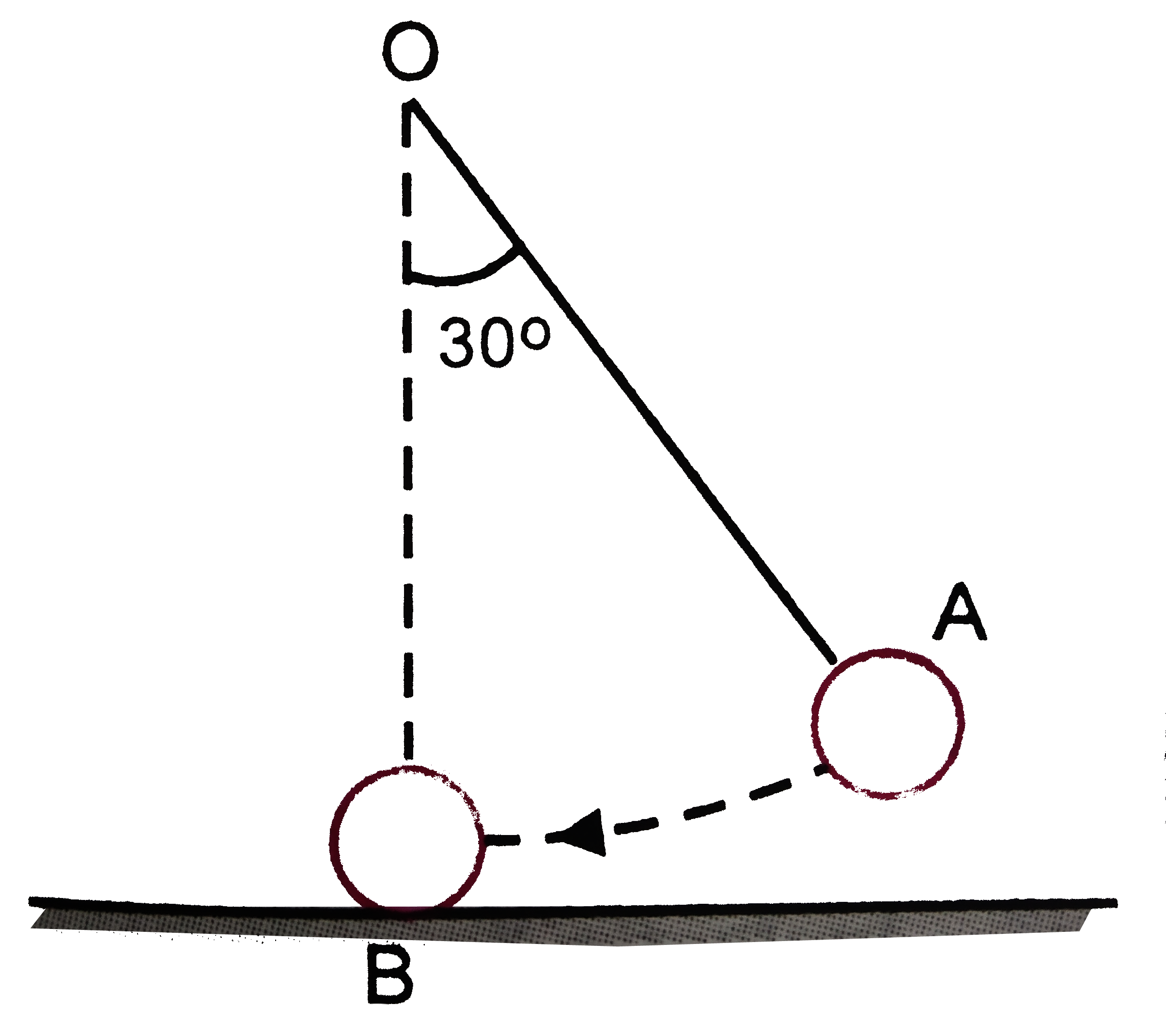Why do people suffer from altitude sickness after reaching the high altitude regions ? How does their body acclimatized after a couple of days ?
Step-by-Step Solution:
1. Understanding Altitude Sickness:
- When individuals from lower altitudes ascend to high altitudes (above 3500 meters), they often experience altitude sickness. This condition arises primarily due to the reduced availability of oxygen at higher elevations.
2. Cause of Symptoms:
- At high altitudes, the atmospheric pressure decreases, leading to a lower partial pressure of oxygen. As a result, the body struggles to obtain sufficient oxygen, which can lead to symptoms such as nausea, heart palpitations, and fatigue.
3. Physiological Adaptation:
- The human body has the ability to adapt to these challenging conditions over time, a process known as acclimatization. This adaptation does not involve changes in morphology or behavior but rather physiological adjustments.
4. Increased Breathing Rate:
- One of the first adaptations is an increase in the breathing rate. By breathing faster, the body can take in more oxygen, which helps to counteract the low oxygen availability.
5. Enhanced Red Blood Cell Production:
- The body also responds by increasing the production of red blood cells (RBCs). RBCs contain hemoglobin, the respiratory pigment responsible for transporting oxygen throughout the body. More RBCs mean a greater capacity to carry oxygen.
6. Altered Hemoglobin Affinity:
- Additionally, the affinity of hemoglobin for oxygen decreases. This means that hemoglobin can release oxygen more readily to the tissues, preventing it from becoming saturated too quickly.
7. Conclusion:
- After a few days at high altitude, the body acclimatizes to the lower oxygen levels through these physiological adaptations, allowing individuals to function more normally despite the challenging environment.
- When individuals from lower altitudes ascend to high altitudes (above 3500 meters), they often experience altitude sickness. This condition arises primarily due to the reduced availability of oxygen at higher elevations.
- At high altitudes, the atmospheric pressure decreases, leading to a lower partial pressure of oxygen. As a result, the body struggles to obtain sufficient oxygen, which can lead to symptoms such as nausea, heart palpitations, and fatigue.
- The human body has the ability to adapt to these challenging conditions over time, a process known as acclimatization. This adaptation does not involve changes in morphology or behavior but rather physiological adjustments.
- One of the first adaptations is an increase in the breathing rate. By breathing faster, the body can take in more oxygen, which helps to counteract the low oxygen availability.
- The body also responds by increasing the production of red blood cells (RBCs). RBCs contain hemoglobin, the respiratory pigment responsible for transporting oxygen throughout the body. More RBCs mean a greater capacity to carry oxygen.
- Additionally, the affinity of hemoglobin for oxygen decreases. This means that hemoglobin can release oxygen more readily to the tissues, preventing it from becoming saturated too quickly.
- After a few days at high altitude, the body acclimatizes to the lower oxygen levels through these physiological adaptations, allowing individuals to function more normally despite the challenging environment.
Topper's Solved these Questions
- XII BOARDSBOOK - XII BOARD PREVIOUS YEAR PAPER ENGLISHCHAPTER - XII BOARDSEXERCISE - Set III
9 Videos
- XII BOARDSBOOK - XII BOARD PREVIOUS YEAR PAPER ENGLISHCHAPTER - XII BOARDSEXERCISE - SET-I Section A
5 Videos
- XII BOARDSBOOK - XII BOARD PREVIOUS YEAR PAPER ENGLISHCHAPTER - XII BOARDSEXERCISE - Set I
24 Videos
- SAMPLE PAPER 2019BOOK - XII BOARD PREVIOUS YEAR PAPER ENGLISHCHAPTER - SAMPLE PAPER 2019EXERCISE - Section E Part B
3 Videos
Similar Questions
Why do ink pens start leaking at high altitudes?
View SolutionWhy do people living at higher altitudes have higher lung capacity and more red blood corpuscles?
View SolutionAssertion : At higher peaks of mountains, people suffer from high altitude sickness (sluggish feeling, breathlessness etc.) due to lesser oxygen intake at each breather
Reason : Air at sea level is dense because it is compressed by the mass of the air above it. The atmospheric pressure at higher peaks of mountains is lower causing the air at those heights to be much less dense than at sea level.
View SolutionWhy do high altitude areas have brighter sunlight and lower temperatures as compared to the plains?
View SolutionVelocity-time graph for the motion of a certain body is shown in Fig. Explain the nature of this motion. Find the initial velocity and acceleration and write the equation for the variation of displacement with time. What happens to the moving body at point B? How does the body move after this moment ?
View SolutionAssertion : At high altitude a person, from plain areas, may experience altitude sickness.
Reason : At high altitude atmospheric pressure is generally high leading to symptons like nausea, fatigue, etc.
View SolutionThe bob A of a simple pendulum released from 30∘ to the vertical hits another bobo B of the same mass at rest on a table as shown in figure. How high does the bob A rise after the collision ? Neglect the size of the bobs and assume the collision to be elastic.

View SolutionWhy do tribes who live in high altitude of Himalayas experience discomfort in respiration? How do they get adapted to survive in such a situation?
View SolutionTwo pendulums each of length l are initially situated as shown in Fig. The first pendulum is released and strikes the second. Assume that the collision is completely inelastic and neglect the mass of the string and any frictional effects. How high does the centre of mass rise after the collision?

View SolutionA fair coin is tossed four times, and people win Re 1 for each head and lose Rs 1.50 for each tail that turns up. From the sample space calculate how many different amounts of money you can have after four tosses and the probability' of having each of these amounts.
View Solution
